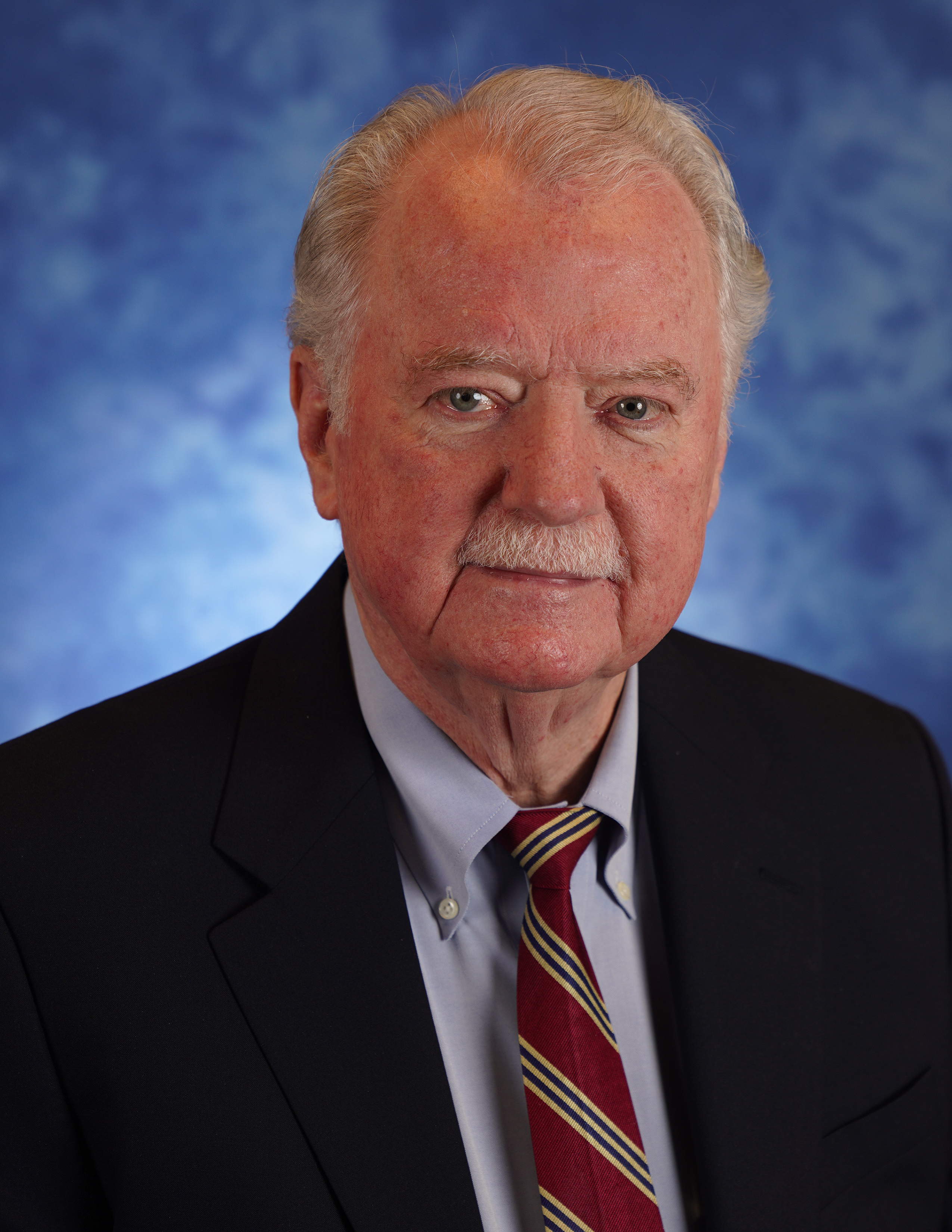Neurocognitive Disorders and Neuropsychiatry
(085) Anosognosia In Relation to Traumatic Brain Injury

Thomas Beresford, MD, FACLP, DLFAPA
Professor
U Colorado
Aurora, Colorado
Presenting Author(s)
Background/Significance: Anosognosia is a term first coined in 1914 by Joseph Jules Francois Felix Babinski, a French Professor of Neurology best known for the Babinski reflex, first described in 1896. Anosognosia refers to the inability of a person to recognize his/her own symptoms or illness. Neurologists refer to damage in the right hemisphere as in the famous case of President Woodrow Wilson who planned to run for a third term despite a left hemiplegia following a severe stroke. Psychiatrists have observed apparent anosognosia in about 1/3 to 1/2 of cases with acute psychosis as in schizophrenia or bipolar-mania often without clear reference to a hemispheric location. It is often described as Denial, a Primitive psychological adaptive mechanism. Modern brain imaging techniques have offered only equivocal evidence for right hemisphere involvement.
Methods: We conducted a randomized, placebo-controlled, double-blind, clinical trial of valproate in patients, N=48, one year or more following mild and moderate traumatic brain injury (TBI) patients who suffered poorly controlled Irritability one year or more prior to enrollment. Using an Irritability scale, we interviewed both index subjects and their significant other persons, usually family members. The concordance between these two sources of information served as a primary variable of interest In the present comparison.
Results: 1) As a group at baseline, the TBI subjects consistently rated their Irritability symptom frequencies as low while, by contrast, their significant others rated them as far more variable and significantly more frequent, p=0.05. 2) Further, the subjects reported no difference in Irritability measures on active drug versus placebo while the significant other persons reported a statistically significant improvement in the subjects’ Irritability, p=0.03.
Discussion: This study suggests that anosognosia may play a role in the inability of some persons suffering TBI to assess their own mood states and behaviors one or more years after a mild to moderate injury, the time needed for brain healing. For many, the observations of a close observer, such as a family member who witnesses behaviors directly rather than after the fact in self-report, supports the axiom that what people do is more important than what they say. Further, anosognosia itself may obscure effective treatment results and will always require third party observations for greater accuracy as in this study.
Conclusion/Implications: Anosognosia, as defined above, must be accounted for in treatment trials against traumatic brain injury and, likely, other brain impairing conditions. The data from this study do not address involvement of the right hemisphere owing to the non-specificity of the TBI’s reported. Further data may do so as knowledge in this field expands.
References: Beresford T, Ronan PJ, Hipp D, Schmidt B, Thumm EB, Temple B, Wortzel H, Weitzenkamp D, Emrick C, Kelly J, Arciniegas DB. A Double-Blind Placebo-Controlled, Randomized Trial of Divalproex Sodium for Posttraumatic Irritability Greater Than 1 Year After Mild to Moderate Traumatic Brain Injury. J Neuropsychiatry Clin Neurosci. 2022 Summer;34(3):224-232. doi: 10.1176/appi.neuropsych.19070159. Epub 2022 Mar 11. PMID: 35272494.
Presentation Eligibility: Not previously published or presented in this form.
Diversity, Equity, and Inclusion: The data presented here were collected in a randomized, double blind manner without reference to, or specific recruitment of, any subgroups of individuals other than by a history of traumatic brain injury occurring 1 year or more prior to study entry.

